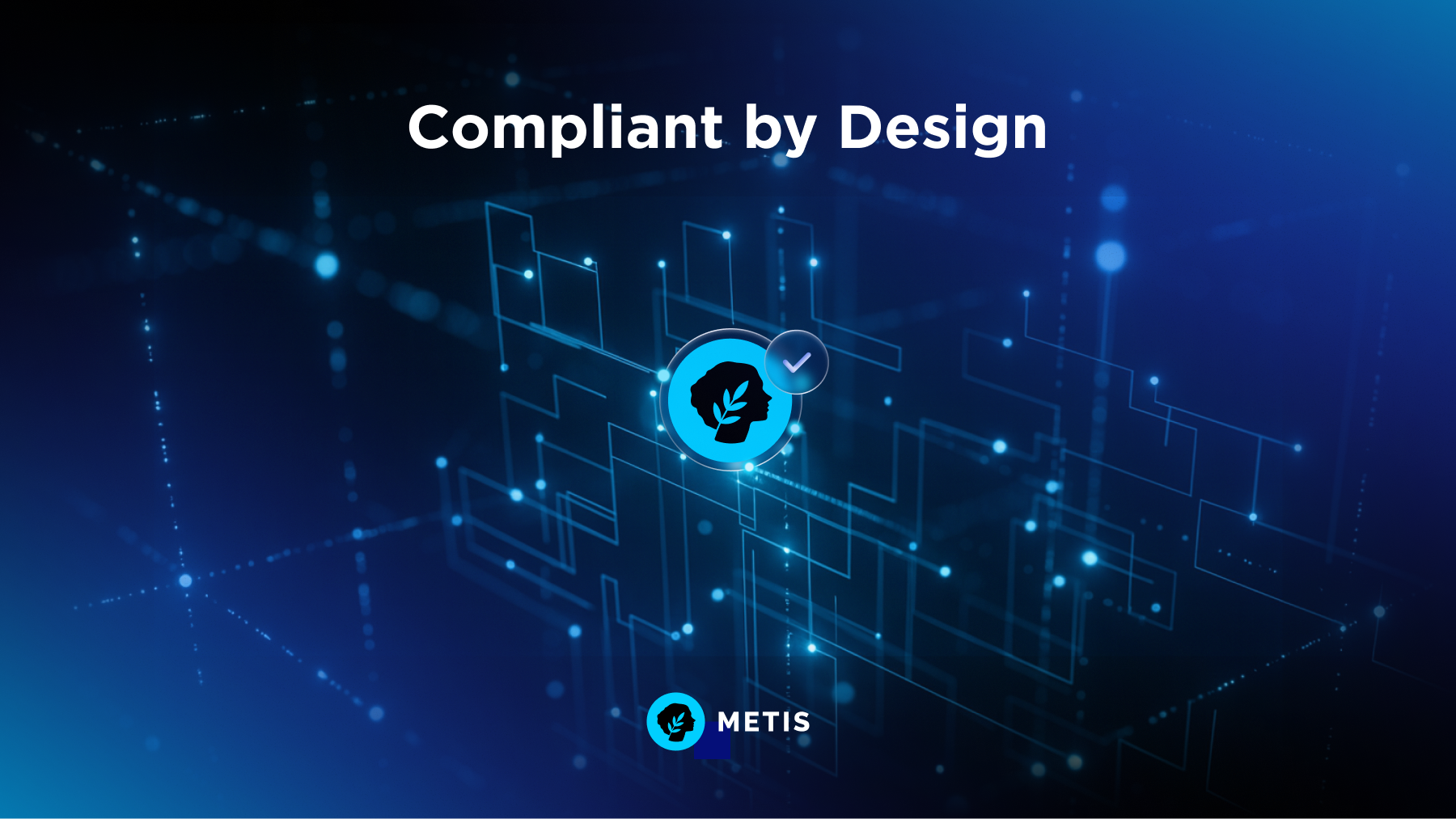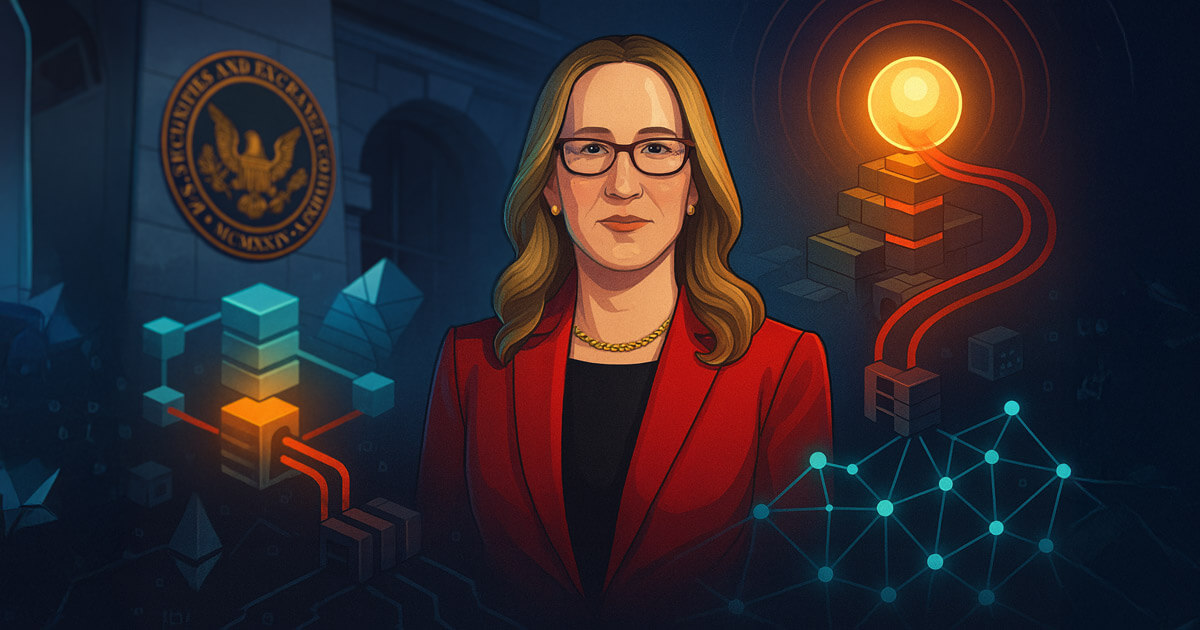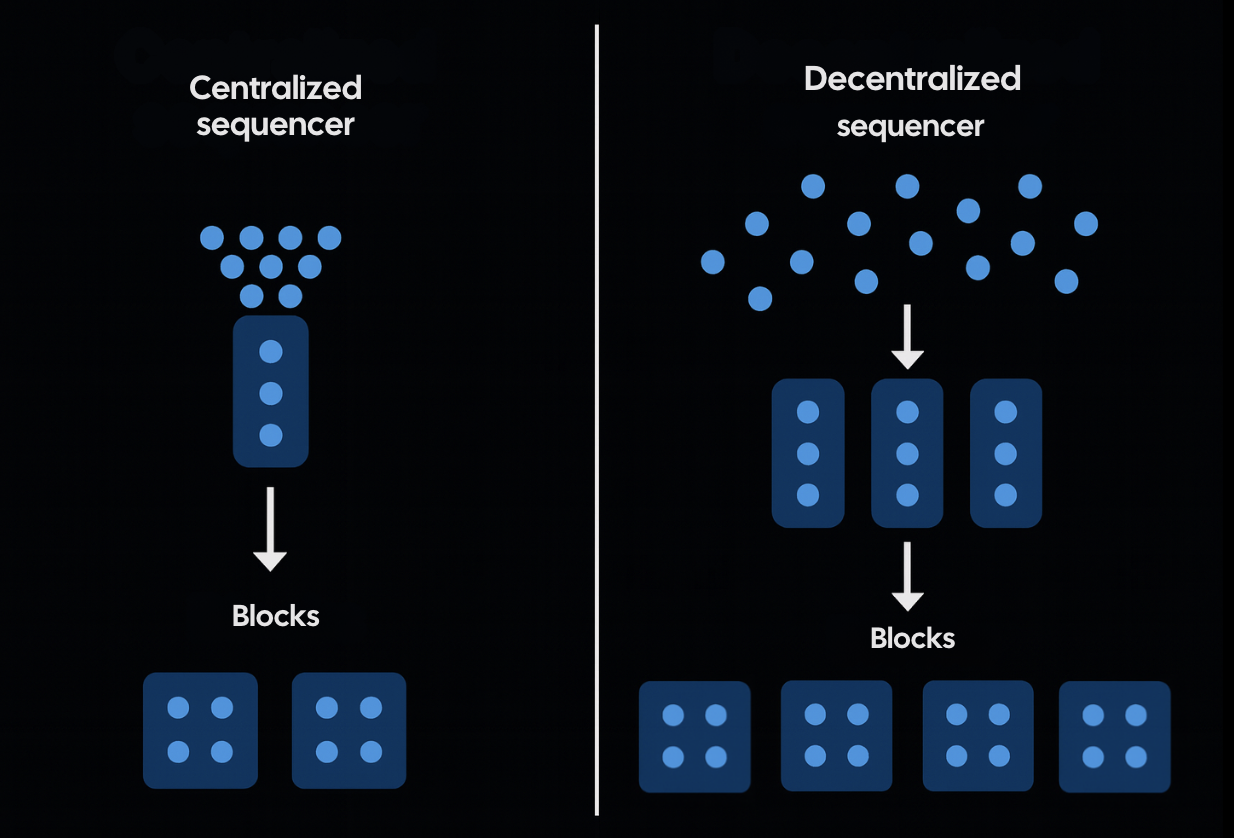





SEC Commissioner Hester Peirce recently gave a clear signal: chains that operate with centralized matching engines could face regulation as exchanges.
"If you have a matching engine that’s controlled by one entity that controls all the pieces of that, then that looks a lot more like an exchange.”
It’s a warning that cuts to the heart of how many chains are run today. While they promise decentralization and scale, many rely on a single sequencer to control the flow of transactions. This creates a bottleneck that weakens censorship resistance, erodes trust, and raises new regulatory concerns.
Metis planned ahead and made a different choice. We built the first live Decentralized Sequencer on Metis Mainnet. It aligns with a future where L2s act as public infrastructure.

Here is the simple idea. Ordering works better when more than one qualified operator shares the job under clear, onchain rules. If one operator slows down, others keep the flow going. Control spreads out, so no single party can hold the switch.

Independent operators receive transactions in a shared queue. Public rules that weigh stake and performance select a proposer for the next block. The group checks that proposal and agrees on the same order. A signed batch with its data is then posted to Ethereum so anyone can verify and challenge if needed.
This design reduces pauses when a single machine fails. It limits opportunities for selective inclusion. It gives partners, institutions, and regulators a clearer story because ordering follows open rules.
Operators stake METIS and rotate through proposer duties using BFT consensus (Tendermint style). Each batch gets signed through MPC and posted to Ethereum where anyone can verify or challenge it.
This setup spreads ordering power across a community of stakers instead of concentrating it in one entity. The result: predictable execution, credible neutrality for institutions, and a network committed to productive security work instead of sitting idle.
When one entity controls transaction ordering, regulators can classify it as an exchange. Metis avoids this by distributing control across multiple staked operators.
Peirce's comments confirm what we've built: decentralized sequencing keeps L2s in the infrastructure category, not the securities regulation zone.
The sequencer is one pillar. Andromeda strengthens the posture with the following pieces:
Together these parts move the network toward full decentralization with Ethereum-anchored security and practical throughput for modern applications.
Metis sequencers are the node operators who run the decentralized infrastructure. They can:
Decentralized sequencing is already live on our mainnet, backed by open rules and staked responsibility.
If you're interested in joining the effort, submit a proposal to become a Metis sequencer on the Governance Forum. Every operator strengthens the network and shapes the future of decentralized infrastructure.